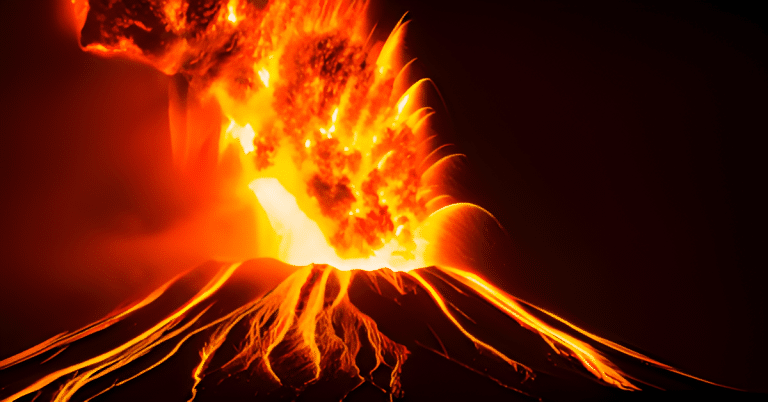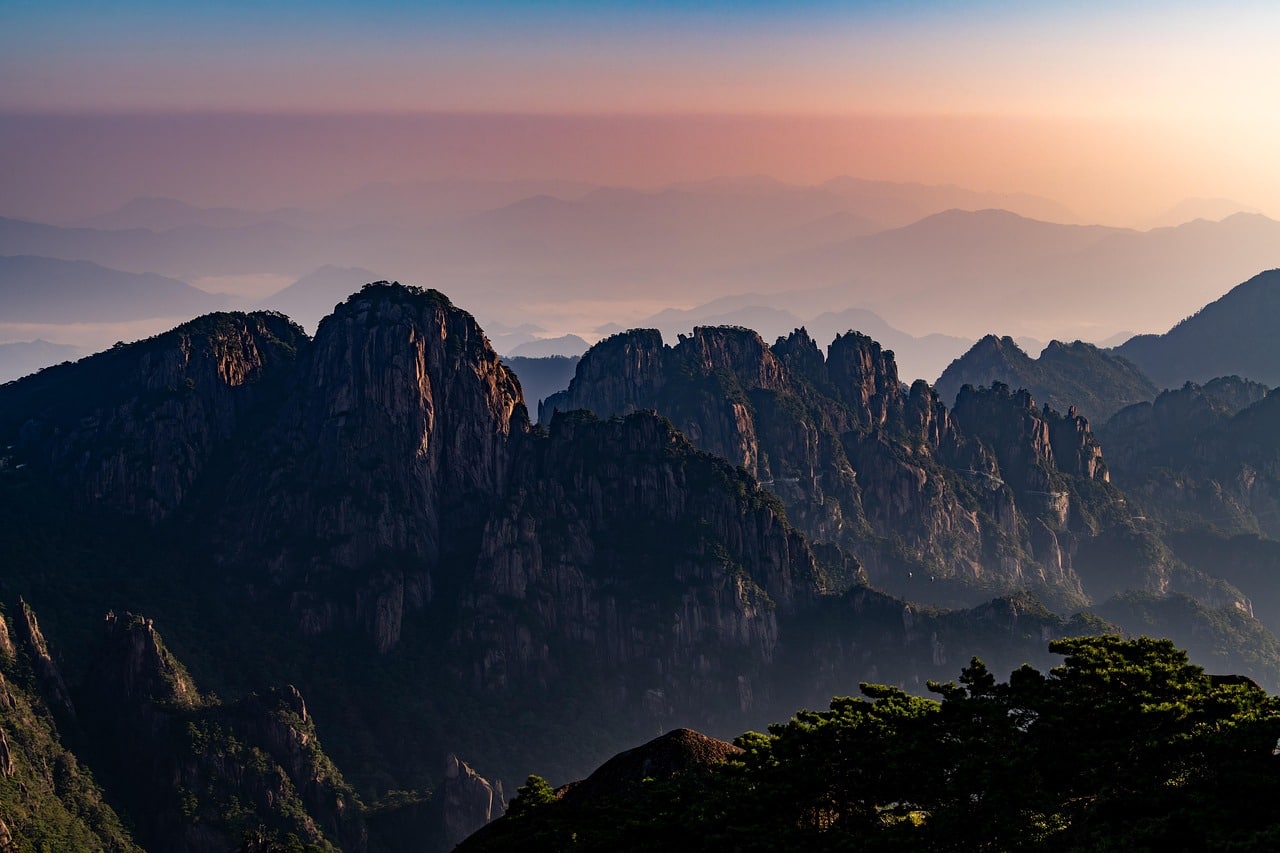Mount Etna, the most active volcano in all of Europe, has begun a fresh vigorous eruption today on June 2nd, 2025. The mighty volcano blows huge clouds of ash and gas into the sky over Sicily. Forceful Strombolian explosions characterize the drama and make the tourists remove rapidly to help save lives from within the volcano. It’s very impressive to see. Even so, Italian authorities have no concern for the local population, which is well familiar with earthquakes from a volcano that is prone to active eruptions.
Mount Etna’s Eruption Intensifies Volcanic Activity
The explosion began early on Monday. Seismic tremors, National Institute of Geophysics and Volcanology, INGV, of Italy, noted the increasing intensity of an eruption by the South-East Crater in the morning, rounding up to becoming a major lava fountain.
This matches the information culled from Associated Press data repositories about the event. Surveillance cameras captured a pyroclastic flow, an extremely dangerous mix of hot gas and volcanic material, flowing down from that walled-off zone at the northern crater flank. That flow, however, did not extend beyond the Valley of the Lion, a natural basin that helps contain such events.
Air Travel Disruption and Effects on Communities
Indeed, the colossal ash pillar, which evidently reached heights of more than 21,000 feet, prompted aviation authorities to announce a red alert pertaining to the airspace above Mount Etna. However, operations continued at Catania Airport, sitting at the base of the volcano, with scant disruption as favorable winds directed the ash plume to the southwest.
This rapid development underscores the need for quick responses similar to that of the Urgent Google Security Warning that said, ‘do not ignore- for immediate attention.’ Precautions called for closing the roads leading to the top of the volcano to ensure visitor safety while leaving access clear for emergency services.
Civil Protection, like other incidents where ash is blown by wind upon rooftops and civil disorders by General Hospital inspections, will, in such instances as those following the Seville Chemical Plant Explosion. It will assist with many proactive schemes related to public safety matters.
Mount Etna loves it!
This mammoth stratovolcano is perhaps one of the most prominent geological phenomena. It is on a converging boundary plate, an African-Eurasian plate. Because of this tectonic setting, it has remained very active almost continuously, making it one of the most extensively researched volcanoes in the world.
Probably one of the most famous stratovolcanoes is Mount Etna, a geological wonder of nature sitting right on the convergent plate boundary of the African and Eurasian plates. This tectonic setting contributes to its nearly continuous activity, and hence it is one of the most studied volcanoes worldwide. Eruptions from this volcano are typically Strombolian and usually result in a combination of ejected cinder, gas, and molten lava.
As can be seen from NDTV’s coverage of the event, the drama can be rather mind-boggling. The monitoring systems that exist within networks, such as INGV, grant early warnings of an event and help manage hazards concerning the surrounding population.
Mount Etna let loose its fiercest eruption on June 2, 2025, and this testimony goes on to back that nature unleashes its immeasurable powers in Sicily. The billowing clouds of ash and jets of molten rock were awe-inspiring and quick moves to public safety.
But, as always with eruptions, the defenses invoked and the predictably reassuring voice of past experience were powerful allies in the competent hands of the authorities. That volcano is making its continual action bring to mind Mount Etna in action, ever present in those Italian landscapes that continue to charm and baffle both scientists and people alike.








